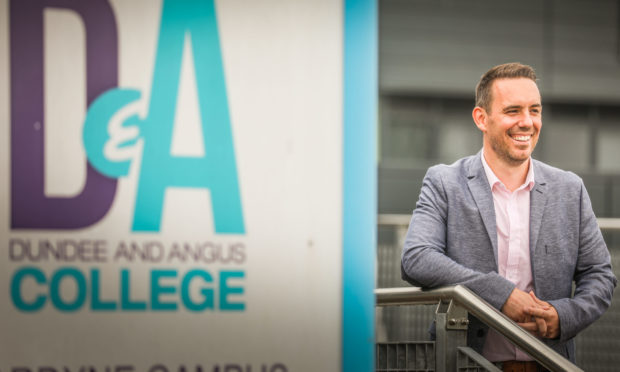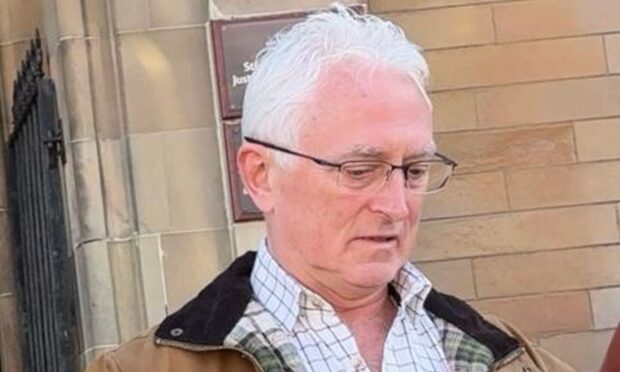The head of Dundee and Angus College has spoken of his “absolute devastation” over a cyberattack that wiped out “the college as we knew it.”
Simon Hewitt was vice principal and in charge of IT services when criminals used a computer virus to steal files including student work and teaching plans.
The hackers went on to demand the entire contents of the college’s bank account in return for releasing them.
The leadership team had to rebuild the college’ system following the attack.
Mr Hewitt, now principal, said the move had proven to be a “godsend” during the pandemic, which had allowed his team to help staff and students alike.
He is now calling for specific funding to support instuitutions to deal with future cyber threats.
‘The college as we knew it had gone’
Mr Hewitt said: “It was one of the lowest moments when we realised it was pretty unlikely we were going to be able to get everything back again.”
“I came home, sat on the edge of the bed and burst into tears because the college as we knew it had gone.
“Every virtual record that had existed of the college previously had disappeared.”
We were going through this emotional pull over whether you pay or don’t pay.”
Bosses sent students home for three days after the attack in late January.
The college appointed Mr Hewitt principal in March. He and his team are still dealing with professional and personal fall out from the incident.
He said: “It’s the first time in a long time I can talk about it without having a lump in my throat. The pressure that it placed on everyone. It still gives me a nervous twitch.”
‘Relief’ at the ransom demand
The criminals knew exactly how money the college had in its bank account after accessing stolen financial files.
Mr Hewitt said the ransom demand helped him and colleagues to focus their minds.
He said: “I felt slightly relieved. We were going through this emotional pull over whether you pay or don’t pay. The second it came out what the number was then we knew instantly that was not an option.”
Financial support to guard against future attacks
College bosses had to spend money earmarked for campus upgrades on tackling the problem.
Mr Hewitt called for more specific funding to help colleges and universities meet the threat of cybercrime in the future.
He said: “We’d just received cyber essential plus certification from the Scottish Government.
“We’d gone through all the checks and balances and everything was deemed not only adequate, but ahead of the game.
“So when we started looking at solutions and mitigations the cost is through the roof.
“It needs to be recognised that it’s a massive part of this world we’re living in now and needs to be supported.”
He said the work the college had done to rebuild its IT had been vital during the coronavirus crisis. That included “co-creating” replacement systems with students.
“It ended up being a godsend. Had we not done that then we would have had to move towards that without any guidance, training or support.”
The Scottish Funding Council was asked to comment.












